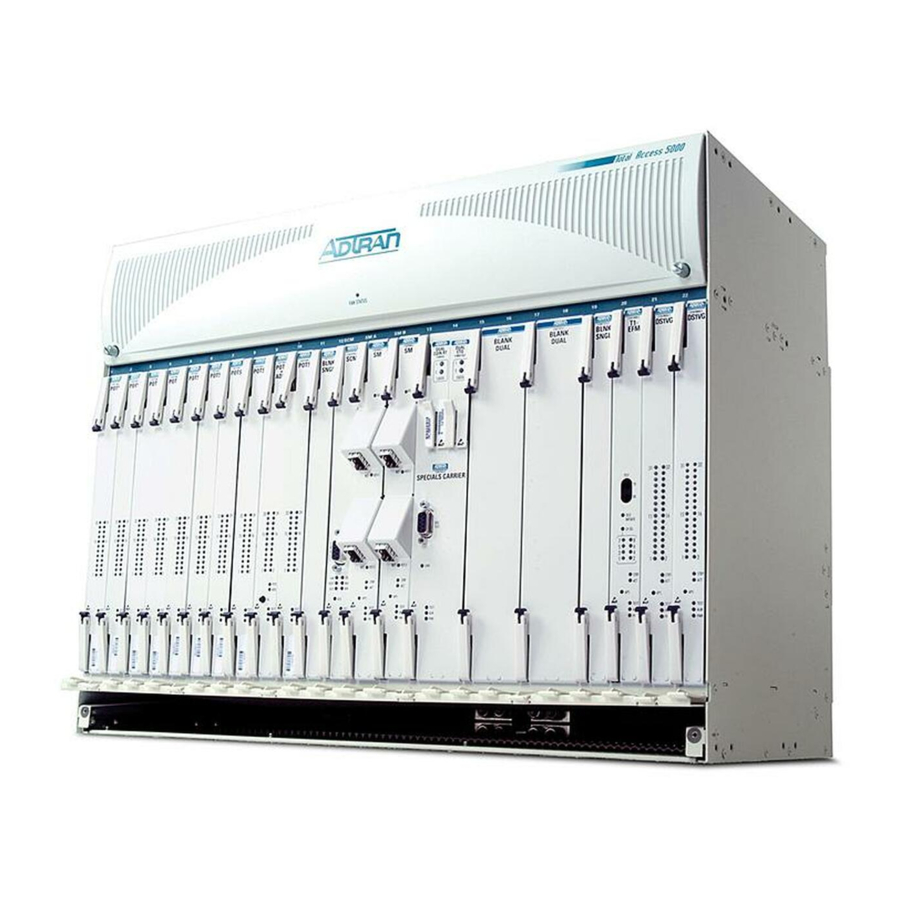
ADTRAN Total Access 5000 Deployment Manual
Hide thumbs
Also See for Total Access 5000:
- Manual (4 pages) ,
- Product features (2 pages) ,
- Quick start manual (2 pages)













Need help?
Do you have a question about the Total Access 5000 and is the answer not in the manual?
Questions and answers